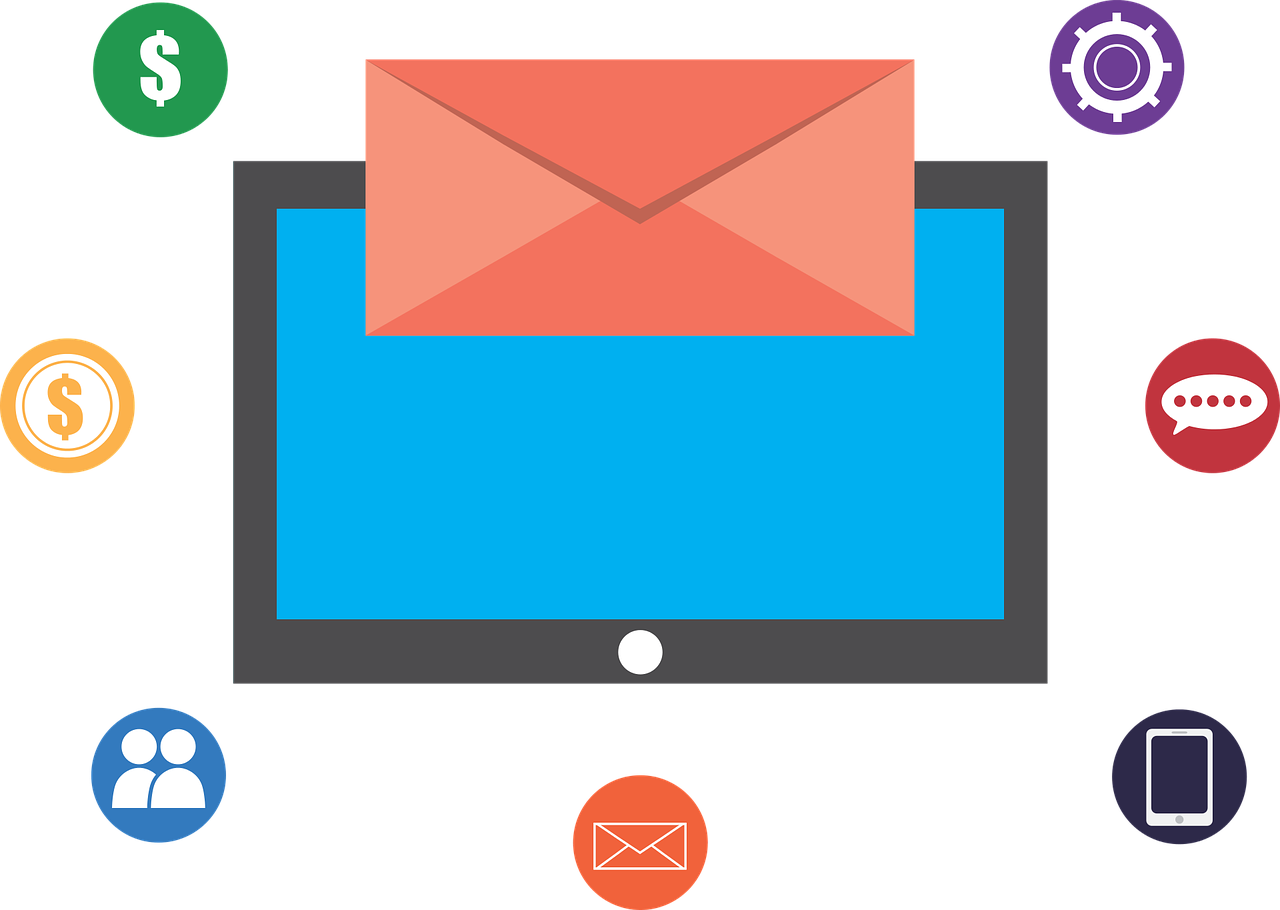Marketing is an essential tool for any business looking to promote and sell products or services. The same holds true for websites or blogs that need to push content, such as news sites or travel blogs. But, these days when it comes to online marketing, the first thing people think of is social media or SEO. Email as a marketing medium seems to be lost in the background, which is a mistake. Emails, while highly underrated, are some of the best ways to reach people and turn them into paying customers. It is the opinion of this author that this statement is so important that it bears repeating:
Emails, while highly underrated, are some of the best ways to reach people and turn them into paying customers
What Is Email Marketing?
Email marketing is, put simply, using emails to fulfill the following sequence:
- Introduce something
- Get people to subscribe to a website (via an e-mail list, a newsletter, RSS feed etc.)
- Engage subscribers until they buy
- Maintain that relationship until the customers become loyal to the brand
This kind of marketing is unique in that it puts business owners in direct contact with consumers – a person’s inbox is considered personal space, and emails offer a special kind of access to this space – something that social media or SEO does not. In short, business owners are able to communicate with customers, tailoring messages and products to their preferences and needs accordingly.
When done right, email marketing is a good platform for getting new customers, building a brand and raking in revenue. It is a long-term strategy that develops trust and authority. It has been cited by some of the world’s top marketers as the most profitable marketing technique, and something that businesses should not neglect if they want to succeed.
e-Mail Marketing Tools
Effective email marketing will make use of an autoresponder tool to create email campaigns, build and manage mailing lists, create opt-in forms and tailor emails to a specific sales pitch. Examples of autoresponders are MailChimp, Aweber, iContact and InfusionSoft. Most autoresponders have a free level to get you started and will allow you to scale up from under 10.00 per month. But some of them such as InfusionSoft will charge hundreds of dollars per month straight out of the gate – primarily because they offer a lot more than just email marketing.
Autoresponders make opt-in forms, or the forms people use to subscribe to a website. They also build and maintain your email list, and provide regular clean-ups for email addresses that are inactive or fake. As mentioned above, some autoresponders have additional CRM (Customer Relationship Management) features as well – in fact most have at least a rudimentary level of CRM functionality.
An autoresponder is the tool used to create automated email campaigns; business owners can create a consecutive series of emails for a certain product or campaign and let the autoresponder schedule these emails. This frees the business owner from the “drudgery” of constantly sending emails to new users. The autoresponder also allows the business to automatically send that all-important first welcome email that will set the tone of interaction with the customer. (The open-rate for a welcome email is the greatest of any email type – a rate that will never be exceeded in any other email campaign).
The most valuable asset for anyone doing email marketing is the email list – essentially the database of all customers. Building a good, highly-targeted mailing list is important, as this is the future source of revenue. It doesn’t make good business sense to have people who are not interested on your email list, as they won’t contribute anything. Most beginners tend not to grasp this element and instead try to build a huge email list with anyone and everyone they can find.
It is better to have a smaller highly targeted list than a large non-targeted list.
Engaging Email Recipients
Since email marketing is a direct and personal method of communication, it relies on quality content and creativity to keep customers hooked. As users usually skim through their inbox quickly, picking out only the most interesting subject lines, it’s important to create content that people will immediately click on. And since the goal is to get people to open not just one email, but all other succeeding emails, smart business owners can use this to leverage desire and demand for a product.
One challenge in email marketing, aside from drawing people in enough so they respond, is getting past the spam filters. Email providers have gotten increasingly smarter and have set filters in place, so that emails with keywords such as “download” or “money back” are immediately sent to the spam folder. As a general rule, once good content is delivered, there’s no need to worry about being classified as spam, because customers will want to engage with you and search engine algorithms will actually help people find your website.
Profiting From Email Marketing
Email marketing’s ROI (return on investment) comes only after everything has been properly set up. But it can be a very healthy and pretty quick return. Once sustained, it can reap good benefits for any business and in the end, might even be the primary marketing method of choice for the majority.
Resources For Further Information
This article was just a brief introduction to power of email marketing. To really get into the nuts-and-bolts start by reading a longer article such as How To Make Six Figures With Email Marketing. Then, purchase your first e-book such as the Email Marketing Excellence e-book.
























